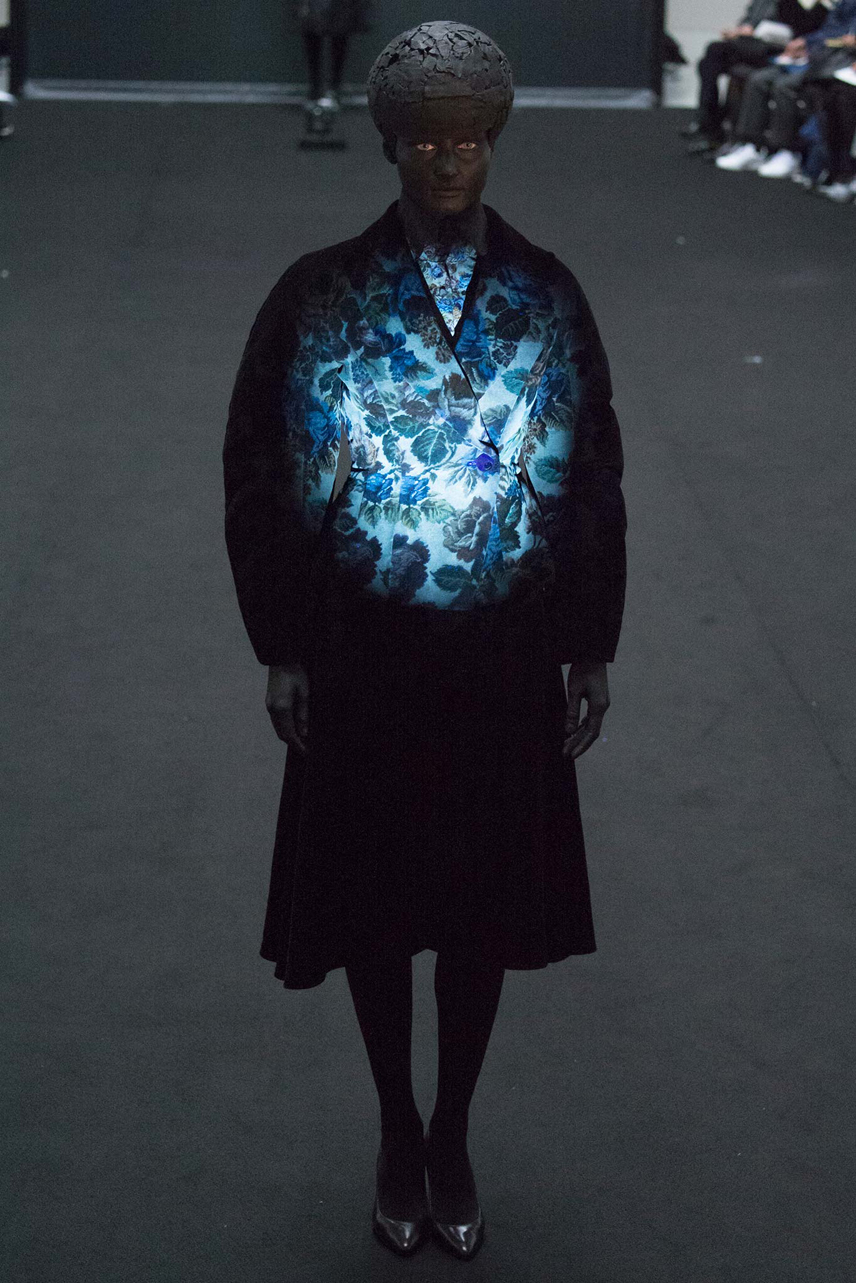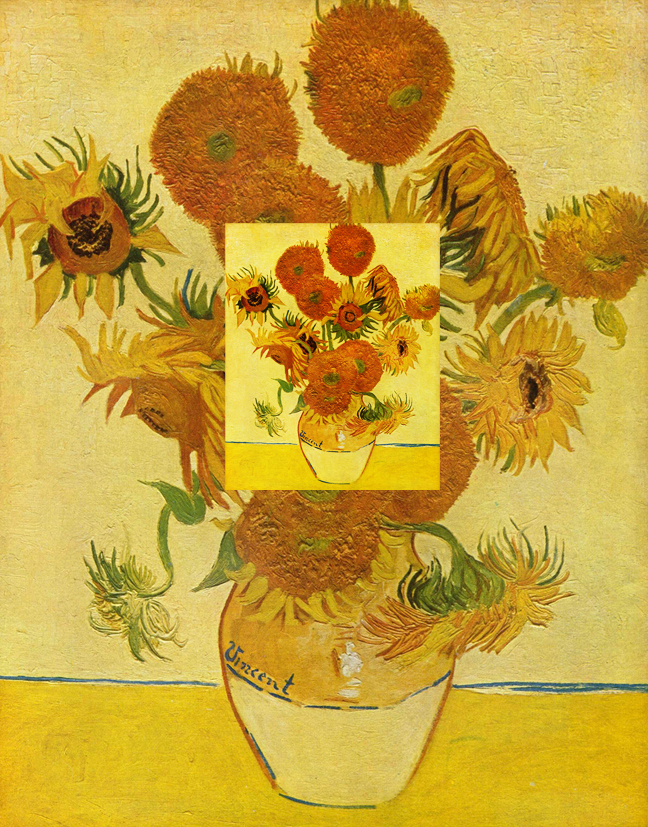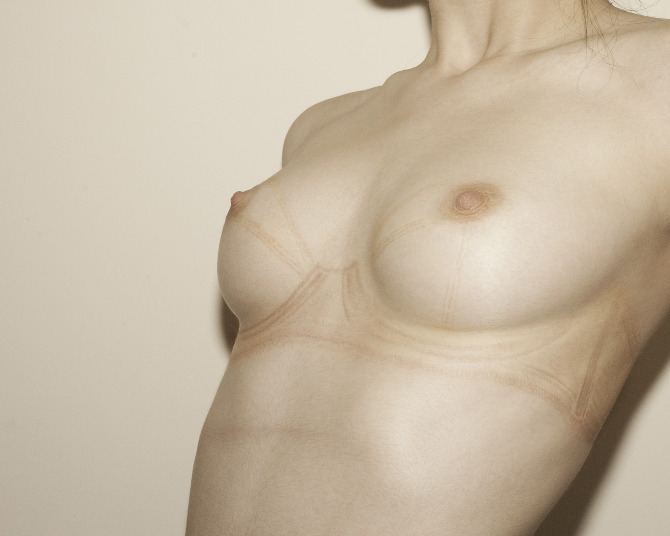
Vanessa Beecroft
瓦妮莎比克罗夫特
נסה יקרופט
ヴァネッサ·ビークロフト
바네사 비크로프트
ВАНЕССА БИКРОФТ
La Membre Fantôme
For the installation ‘le membre fantôme’, vanessa beecroft takes the visitor back to the classical language of sculpture through a conceptual perspective, leading us towards an intimate gallery room inhabited by timeless statuary. shown at the 2015 venice biennale, beecroft presents a scene that is visible only at a distance, where the viewer must look through a crevice carved out of two marble walls. Through the panels, we see fragments of a stone garden, rich in archaeological allures and echoes of early twentieth century avant-garde. the archive of memory is here a tribute in bronze – placed at the centre of the installation – to marcel duchamp’s ‘étant donnés’, a reference model for her research that combines personal memories, historical and artistic impressions and a conceptual tension.










